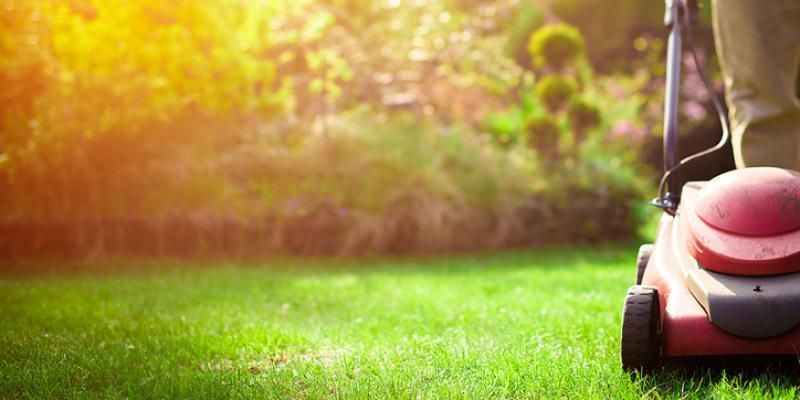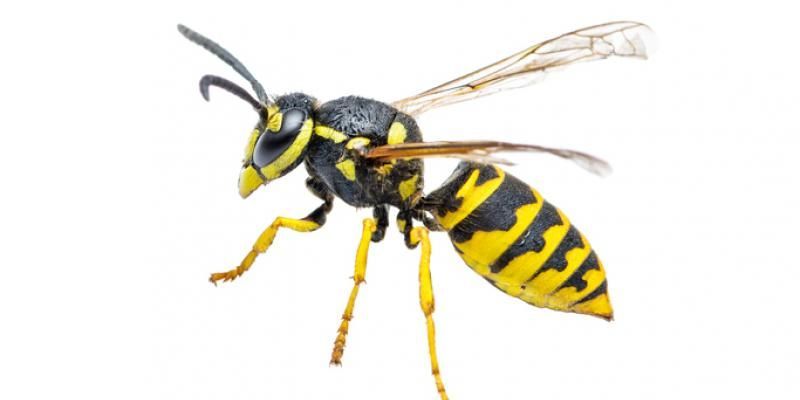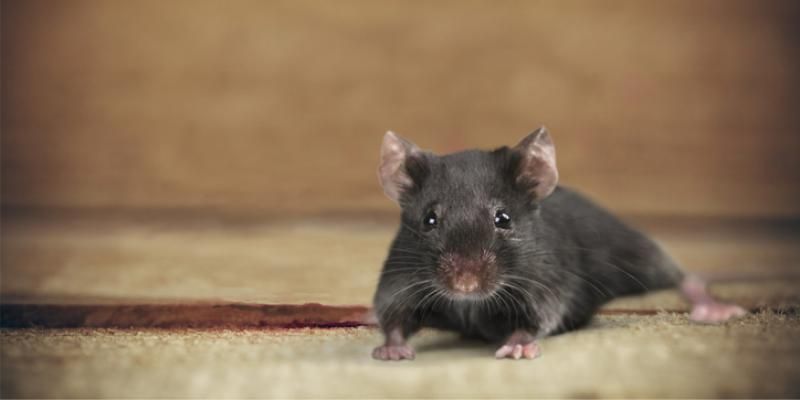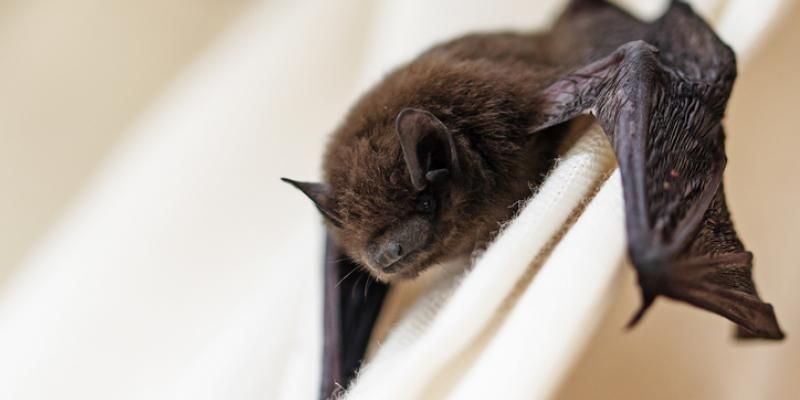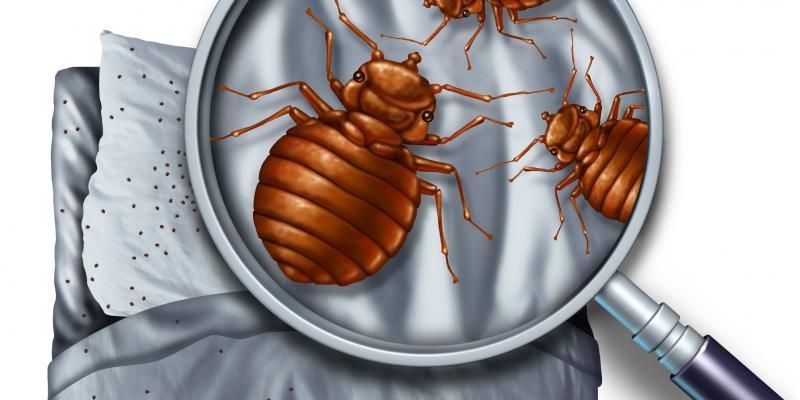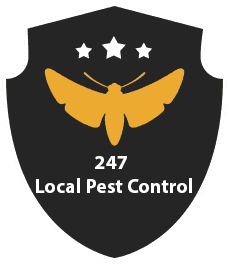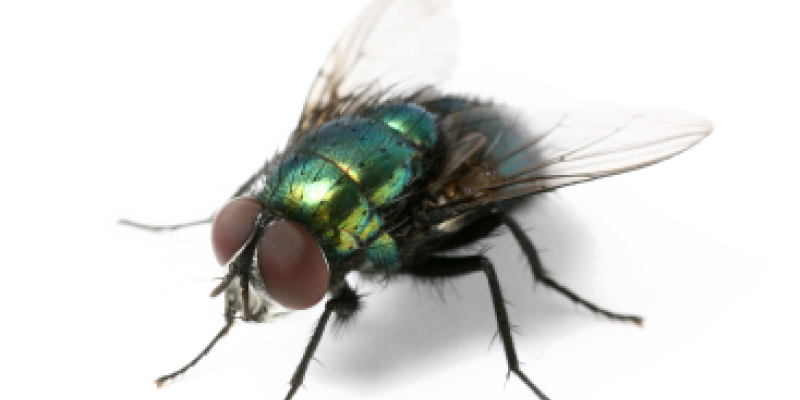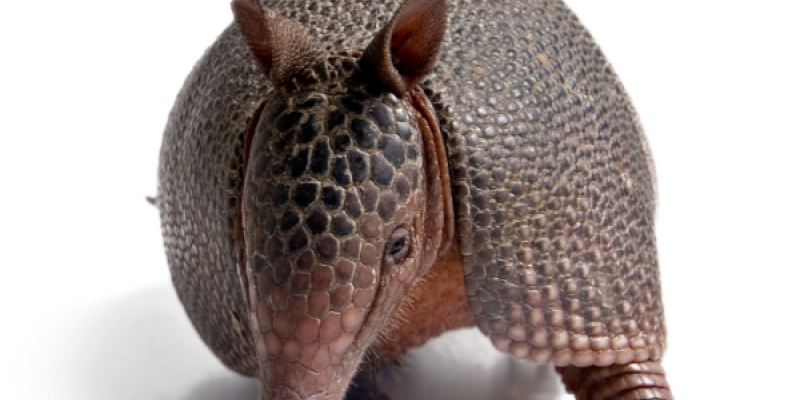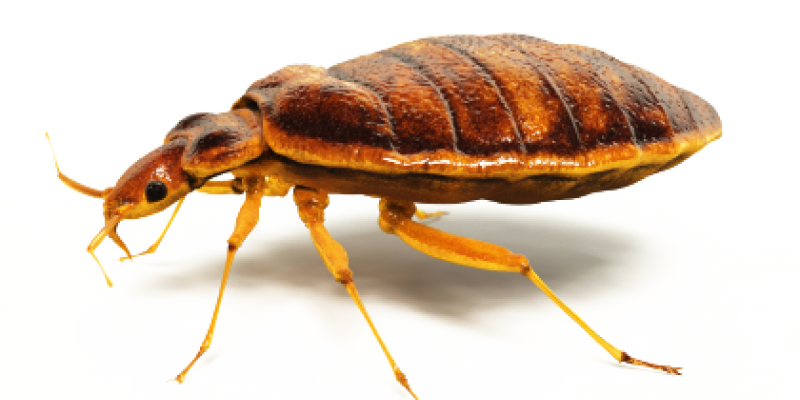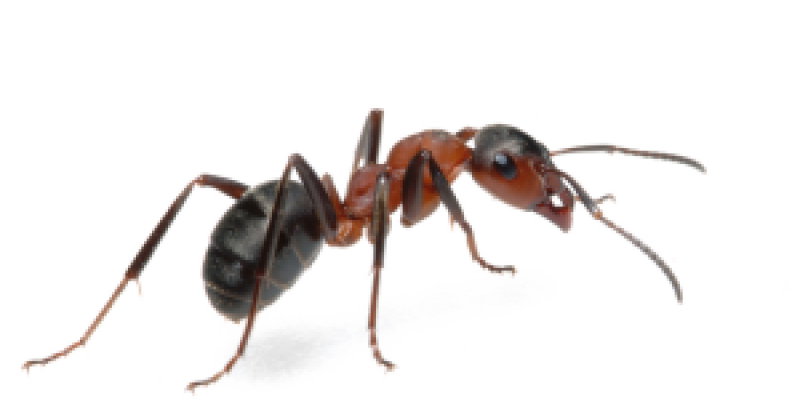How to Get Rid of Allergens and Pests in Your Home
If you suffer from allergies, you are probably aware of the most common allergens circulating inside your home. Well, there are countless other allergens in and around your home that could be causing or worsening your allergies. Common allergens like dust, mold, pollen, dirt, pet dander, pests, stinging insects, mildew, and bacteria can be found almost anywhere in your home. But did you know that seemingly harmless fixtures, features, and habits could also be contributing to the buildup of allergens in your home, making your allergies that much worse?
Although it may take some time and effort on your part, you can reduce the presence of allergens and pests in your home and yard. With some additional effort, you can even minimize the chances of them returning once you’ve gotten rid of them. Here’s are some ways you can start creating an allergy-free home:
Regularly cleaning your home is, perhaps, the easiest way to get rid of allergens and pests. If there is mold, bacteria, mildew, pests, dirt, and debris in your house, cleaning your home will ensure they don’t stick around for long. To keep your home free of allergens, try to do the following tasks each week:
Depending on your home and lifestyle, you may need to take care of some of these chores more frequently, and others less. You may also need to add other chores to your list.
Additionally, do your best to stay on top of daily chores, like doing the dishes or spot cleaning, to make your weekly “deep cleans” that much easier.
Don’t neglect chores that need to be done less frequently, such as cleaning your carpets or taking care of your yard. They may not need to be done often, but they do need to be taken care of regularly if you want to get rid of any allergens that have accumulated in your home.
Not only is removing allergens from your home a major component of ensuring you have high-quality air, but it can also go a long way in relieving your allergies.
Before anything else, replace the filters in your HVAC system. The filters catch allergens and other particles, preventing them from recirculating back into your home. Over time, those particles build up and make it more difficult to filter out allergens.
Though it depends on the type of filter you have in your home, it’s best to change them once every month to month-and-a-half if you have allergies. With frequent filter changes, your HVAC system can work as efficiently as possible and help lessen your allergy symptoms.
In addition, consider having your HVAC system and air ducts cleaned periodically. Particles and debris can build up in the rest of the system, making it work less efficiently overall. Cleaning your system and ducts will remove those allergens and prevent them from reentering your home.
Install a Whole-House Filtration System
A whole-house filtration system works in conjunction with your HVAC system to filter your home’s air. Before entering your HVAC system, air first goes through the whole-house filter. Air is then filtered for a second time through your HVAC system.
As the name suggests, a dehumidifier removes moisture from the air, offering you more control over the humidity in your home. If your home has high humidity, it may be the perfect breeding ground for mold and bacteria. Certain pests, like earwigs and cockroaches, thrive in humid conditions.
Dehumidifiers bring in and cool down warm air. The air contracts as it cools, leaving behind condensation. The condensation drips into a collection tank, allowing the cool, dry air to re-circulate through your home. In addition to making a less hospitable environment for allergens, dry and cool air is also more comfortable to breathe.
As far as dehumidifiers go, you have two options: a portable dehumidifier or a whole-house dehumidifier. If only one room in your home is a problem (such as your bathroom), a portable dehumidifier may be enough. If your entire home is humid or you live in a humid area, a whole-house dehumidifier is a better choice.
Bathrooms are one of the most dangerous rooms in your home for allergens and poor air quality. They’re warm and full of moisture — in other words, a paradise for mold, mildew, and bacteria.
Proper ventilation is key to keeping the air clean in your bathroom. A dehumidifier (even a portable one) can do wonders for your bathroom. You should also install a reliable exhaust fan if you don’t already have one. An exhaust fan will expel air from your bathroom, making way for fresh air to come in.
It’s especially important to ventilate the bathroom when you’re doing anything to increase the humidity or temperature of the room, such as taking a shower or bath. Simply opening a window or leaving the door open significantly improves both ventilation and your IAQ.
In addition to removing allergens from your home, you can take steps to prevent them from entering your home in the first place. Many allergens, pests, and air pollutants originate outdoors, and if you don’t protect your home, it’s all too easy for them to make their way inside.
Luckily, there are several changes you can make to discourage pests from visiting your yard:
You won’t be able to keep your yard entirely free of pests and insects, but you can reduce their presence in your yard by making it less hospitable to them.
Even with the above changes, it’s far more difficult to control the allergens in your yard than the ones in your home — especially pests. Not only are there different types of pests that come from different sources, but they can be difficult to spot in your yard. It’s far easier to prevent these pests from taking over your yard than it is to exterminate them after they’ve built a nest.
A pest control treatment is one of the only ways to keep allergy-inducing pests away from your home. The type of treatment you need depends on what pests are responsible for your allergies. For instance, if you have allergic reactions to mosquito bites or insect stings, it’s best to look into a mosquito and stinging insect treatments. You should also consider which pests are most common in your area.
